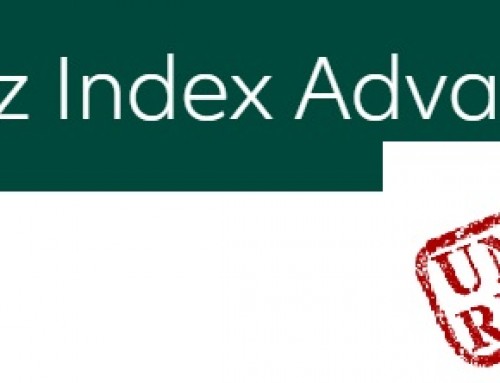The US Securities and Exchange Commission (“SEC”) provides several resources to help educate investors about the complex product of variable annuities. In fact, the SEC's Office of Investor Education and Advocacy recently published an Investor Bulletin entitled Variable Annuities—An Introduction. If you are thinking about purchasing an annuity, I encourage you to read the bulletin in its entirety as well as thoroughly read Variable Annuities: What You Should Know.
What is a variable annuity?
A variable annuity is an investment product with insurance features. It allows you to select from a menu of investment choices, typically mutual funds, within the variable annuity and, at a later date—such as retirement—allows you to receive a stream of payments over time. The value of your variable annuity will depend on how your investment choices perform.
What the SEC says about Variable Annuities
- Read the variable annuity prospectus. Because different products have different features, it is important to read the prospectus for details including charges, investment choices, death benefits, payout options, and other features. Because these documents are typically hundreds of pages, please refer to our time-saving Impartial Reviews:
- Prudential Defined Income Variable Annuity (116 pages)
- Transamerica Variable Annuity X-Shares with Retirement Income Max Rider (480 pages)
- Variable annuities are not suitable for meeting short-term goals because substantial taxes and insurance company charges may apply if you withdraw your money early. Surrender charges (as high as 9% of your purchase payments) can last for as long as 10 years so it is recommended that you limit the amount you invest in annuities to money that you are certain you will not need in the near future.
- Realize that you could lose money. Variable annuities are usually invested in mutual funds so if the investment choices that you selected perform poorly, you could lose money.
- For most investors, it will be advantageous to make the maximum allowable contributions to IRAs and 401(k) plans before investing in a variable annuity. Investors need to factor in the relatively high fees, illiquidity, and complexity of annuities when comparing against other investment options.
- Be sure you understand all the charges before you invest. These charges will reduce the value of your account and the return on your investment. These often include surrender charges, mortality and expense risk charge, investment option expenses, charges for other features such as a living benefit, an enhancement to the basic death benefit, or long-term care. Commissions to the salesperson can be as high as 10% of the money invested!
- You should consider the financial strength of the insurance company selling the variable annuity. Annuities are not insured by the FDIC or any other agency. An insurance company's financial health can impact its ability to meet its obligations to you. If you do not think that insurance companies can go bankrupt, think again. Read McKinsey & Company's Responding to the Variable Annuity Crisis published in 2009. Further, the financial crisis caused many insurers to divest themselves of underperforming blocks of their U.S. annuity businesses. The buyers of these “unwanted” businesses have been private equity and hedge funds. Although long-term implications to the industry are not clear, the last time alternative investment managers got involved in a boring asset such as mortgages, things did not end well.
- If you are investing in a variable annuity through a tax-advantaged retirement plan (such as a 401(k) plan or IRA), you will get no additional tax advantage from the variable annuity. Generally, you should own annuities in a taxable account in order to realize the benefit of deferring taxes on the income and investment gains until you withdraw your money.
- Before you exchange one variable annuity product for another, compare both carefully. Section 1035 of the U.S. tax code allows you to exchange an existing variable annuity contract for a new annuity contract without paying any tax on the income and investment gains; however, you may be required to pay surrender charges on the old annuity and a new surrender charge period generally begins when you exchange into the new annuity. Also, the new annuity may have higher annual fees and charges than the old annuity.
- Variable annuities with bonus credits may have a downside—like higher expenses, higher surrender charges, and longer surrender charge periods—that can outweigh the benefit. Read the details carefully so that you may assess the benefits of added features relative to additional costs.
- Don't be afraid to ask the financial professionals who are trying to sell you a variable annuity whether the product is right for you. Financial professionals who sell variable annuities have a duty to advise you whether the product they are trying to sell is suitable to your investment needs. If something doesn't sound right or seems too good to be true, get a second opinion. Lastly, variable annuity contracts typically have a “free look” period (ten or more days) during which you can terminate the contract without paying any surrender charges.
Concluding Thoughts on Variable Annuities
Before purchasing a variable annuity, you owe it to yourself to learn as much as possible about how they work, the benefits they provide, and the charges you will pay. Because most of the information about annuities comes from the companies that sell them, investors often have an incomplete understanding of the fees, risks, and downsides. As an official federal agency, the SEC wants to educate you, the investor, and help you make an informed decision on whether annuities fit your needs and objectives.
Did you find this list informative? Please post any questions or comments that you may have below.





